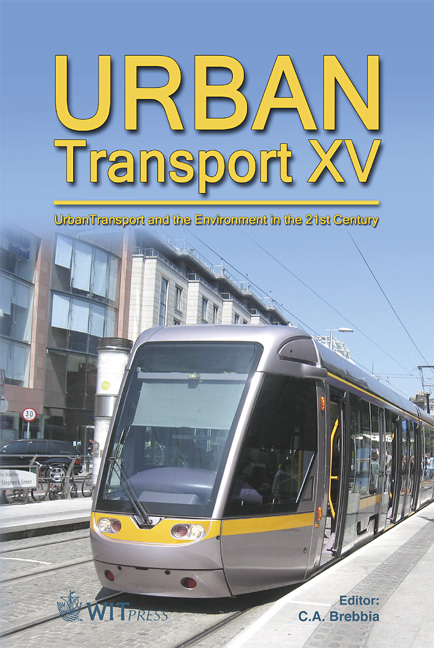Better Ride For Freight
Price
Free (open access)
Transaction
Volume
107
Pages
10
Page Range
451 - 460
Published
2009
Size
256 kb
Paper DOI
10.2495/UT090401
Copyright
WIT Press
Author(s)
R. A. Hassan & K. McManus
Abstract
In Australia, the heavy freight industry has complained for many years that using the International Roughness Index (IRI) for measuring road roughness does not address their rideability problems. Road surface irregularities with different lengths and amplitudes excite several vibration modes of the truck body with different frequencies and magnitudes. The resulting vertical, lateral, longitudinal and rotational motions detract from drivers’ comfort and their perceptions of pavement ride quality. The measure that serves to highlight road sections providing poor ride quality to the freight industry needs to be capable of capturing all or the dominant of these motions. A new profile-based roughness index denoted Heavy Articulated Truck Index (HATI) has been developed to highlight such sections. In this paper a brief description is provided of HATI development and its effectiveness in identifying sections providing poor ride quality for heavy transport operators, compared to the IRI. The main objective of this paper is to report on the effects of subgrade soil reactivity on HATI values and the effectiveness of HATI as a predictor of pavement damage due to dynamic wheel loads. Keywords: ride quality, heavy vehicles, dynamic wheel loads, expansive soil.
Keywords
ride quality, heavy vehicles, dynamic wheel loads, expansive soil





